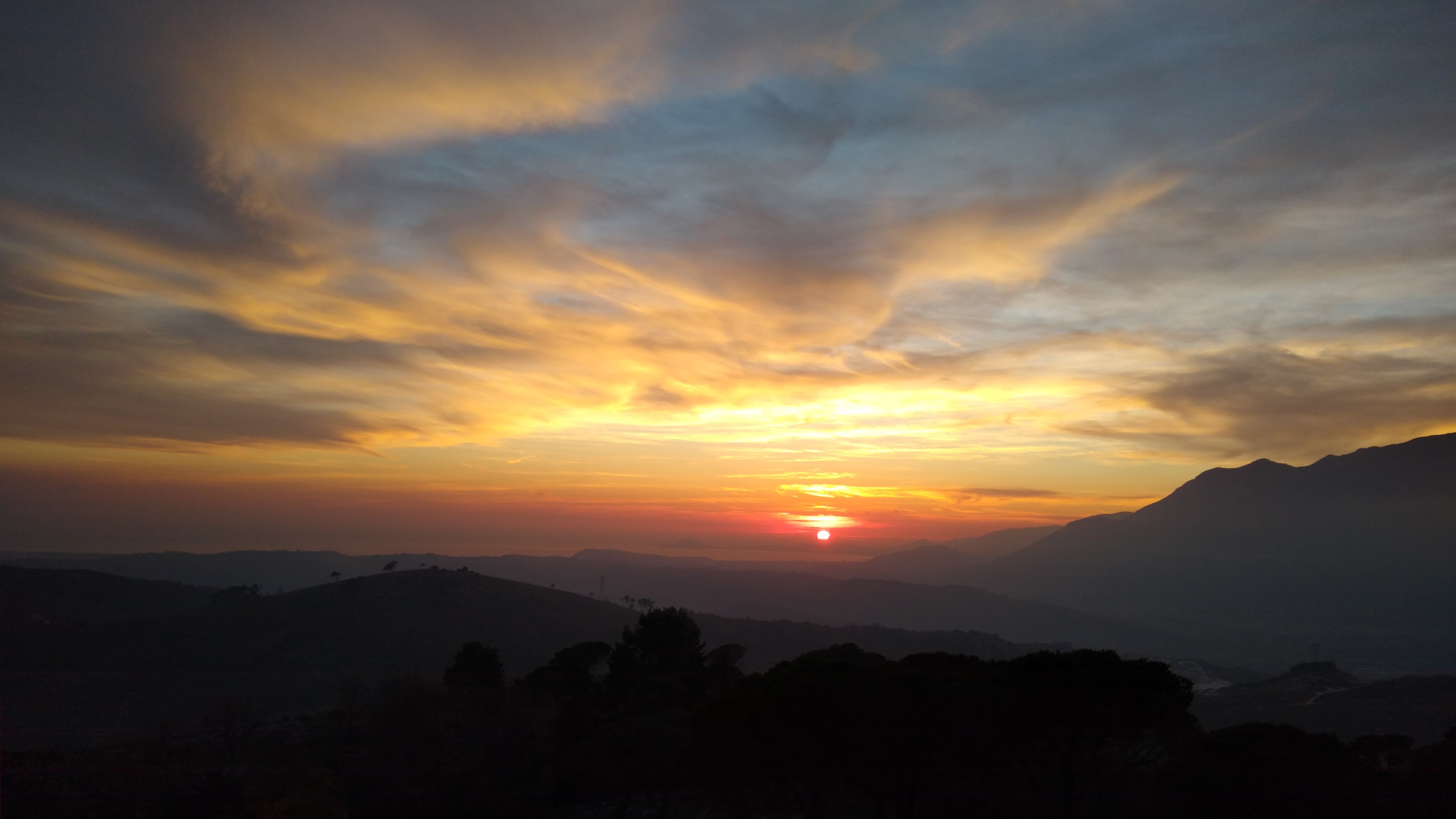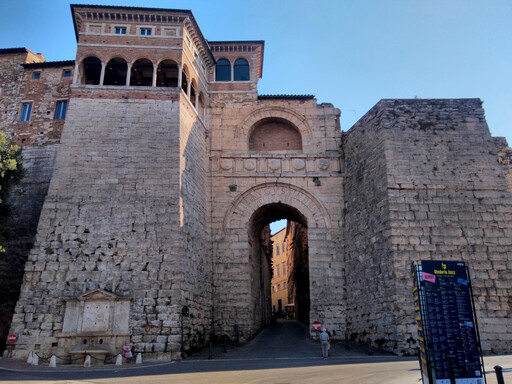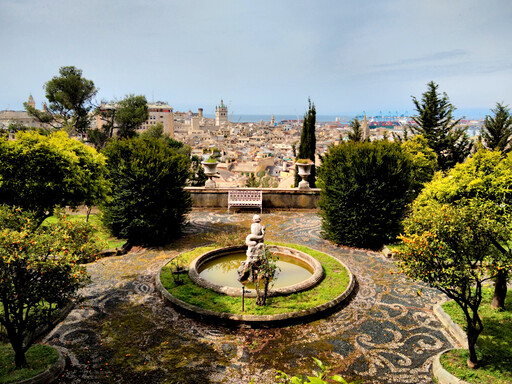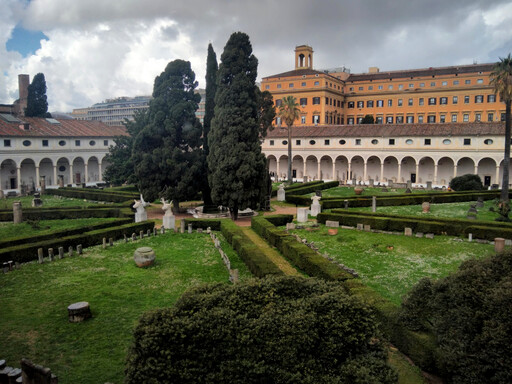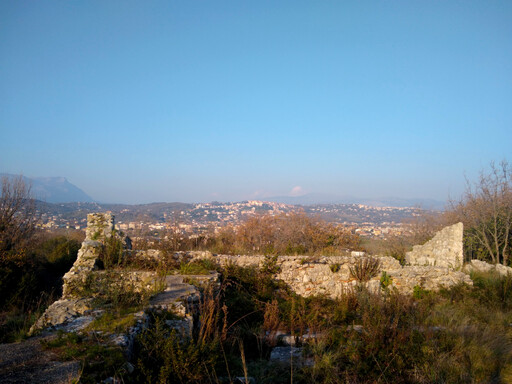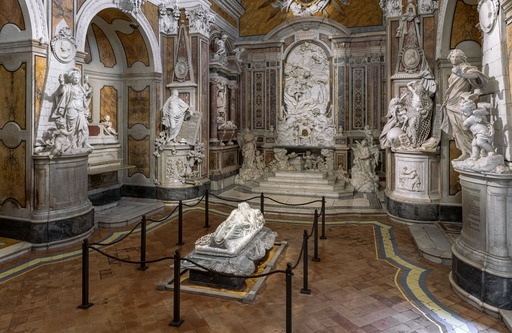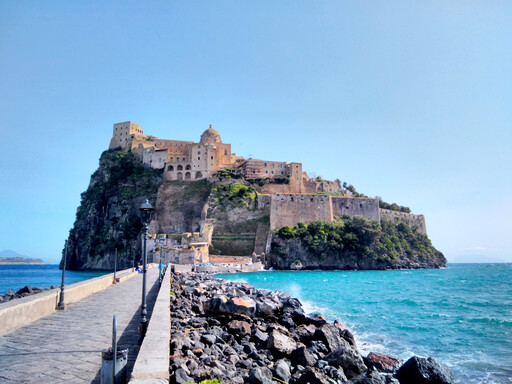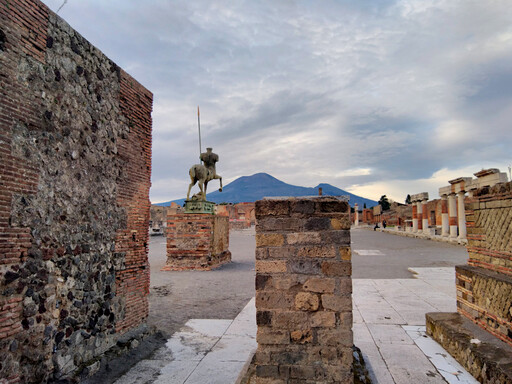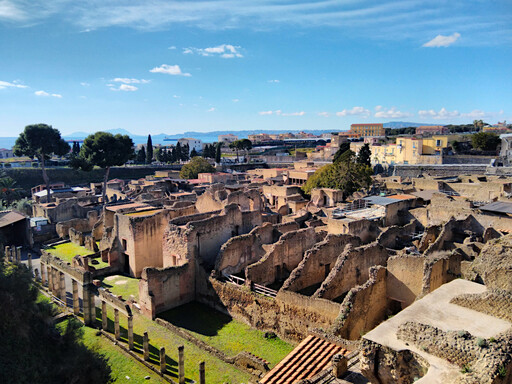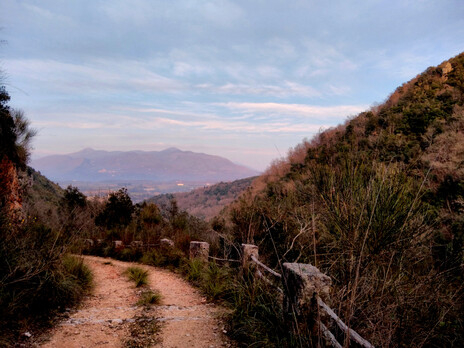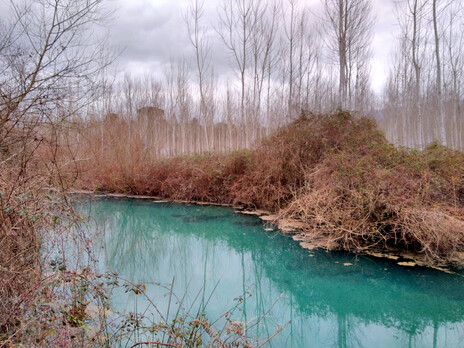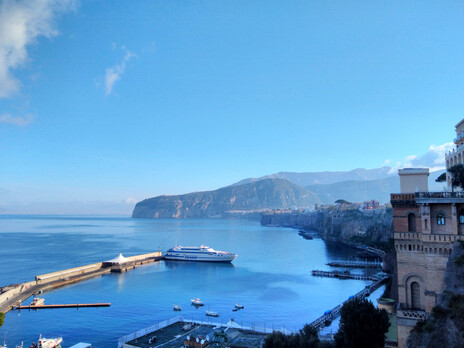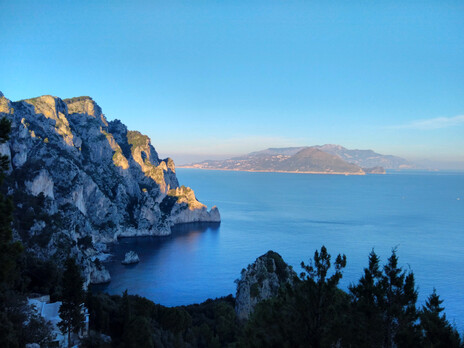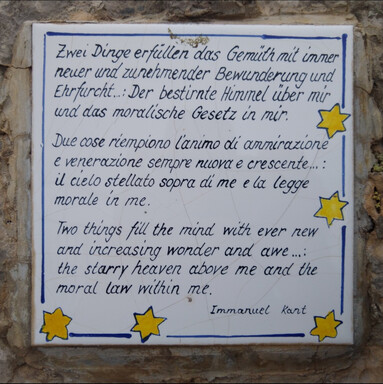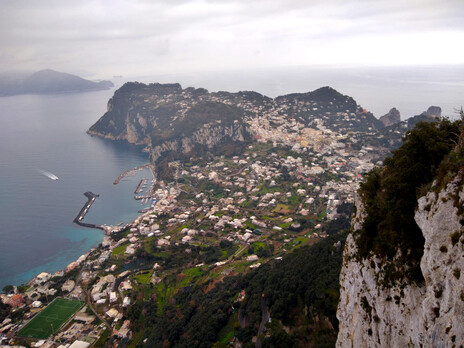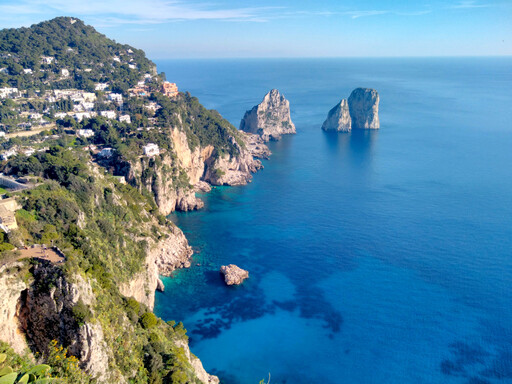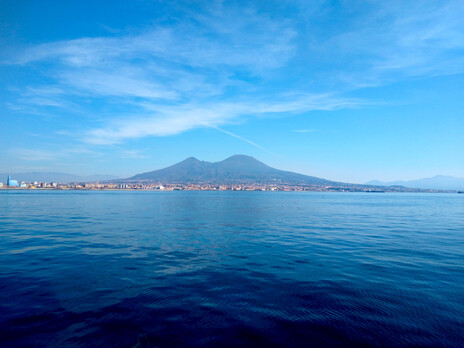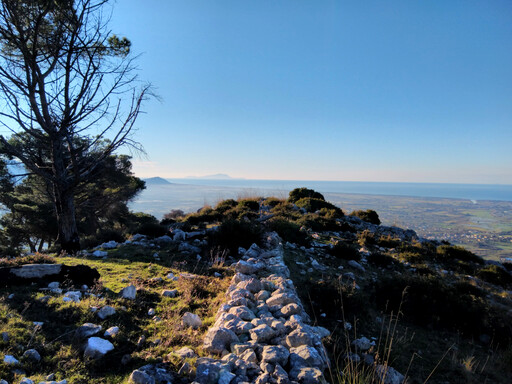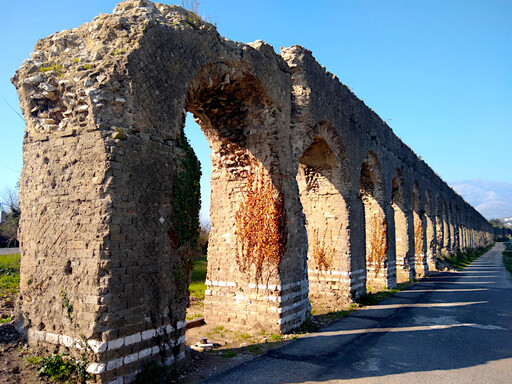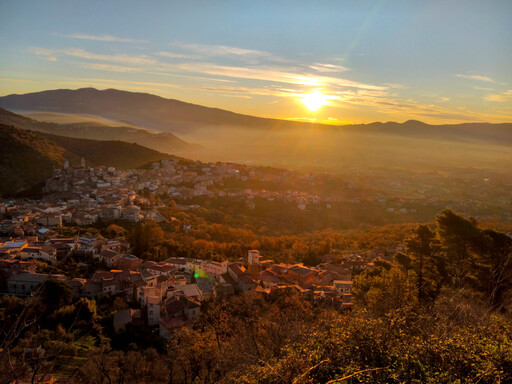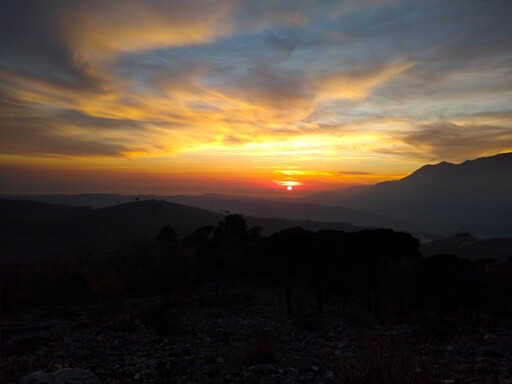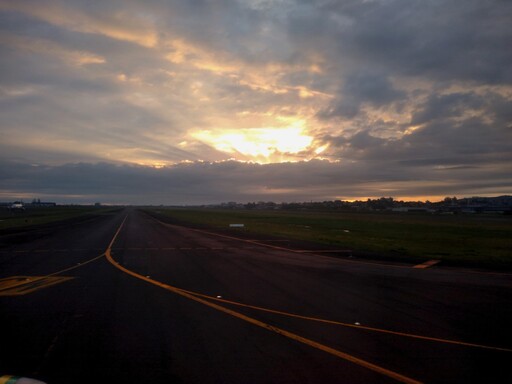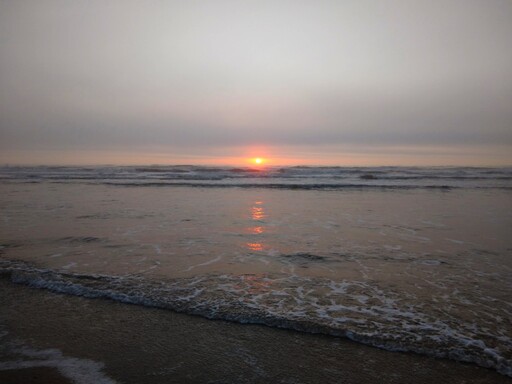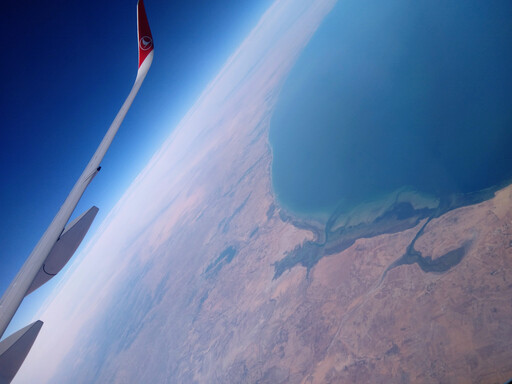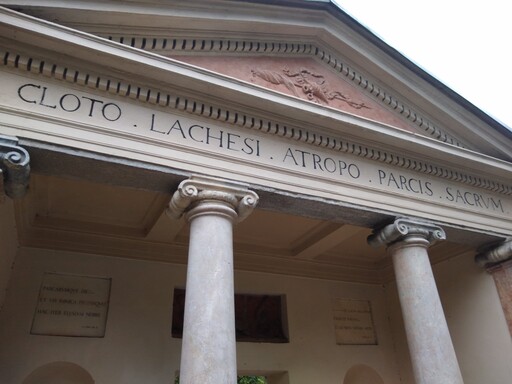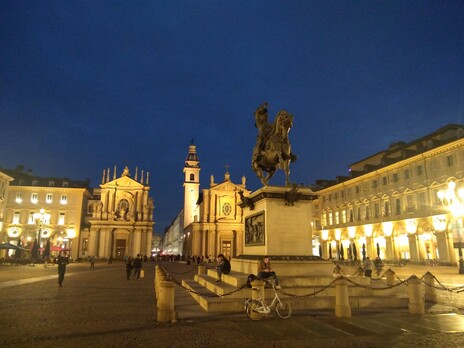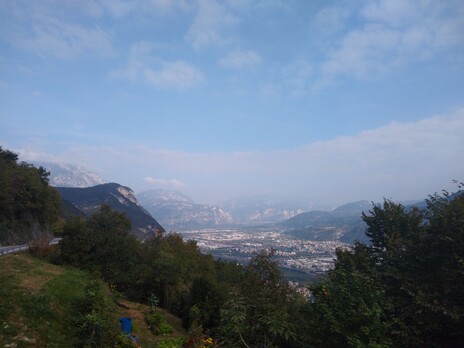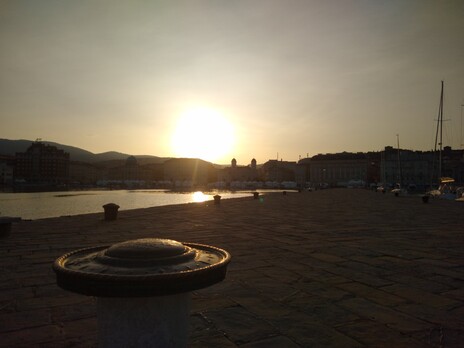Recently, I was recommended a trip to Perugia to attend the Umbria Jazz festival (my friends are pochi ma buoni) — or rather was compelled to go the moment I saw
how incredible the program was, with artists such as Herbie Hancock, Marcus
Miller, and Jacob Collier all in the same festival.
While it was challenging to balance working, exploring the city, and watching
all the amazing concerts (and trying to get some sleep), I still managed to run
around and see most of the places I had planned for my — tragically short —
four-day stay. The result is this post, which is by far the longest I have
written (and that is without even going into the festival itself, which will
have to wait for another time), but that is just how amazing this place is.
people
Perugia, as many major Italian cities, is ancient. Its origins go back
at least three millennia, a fusion of Umbrian, Etruscan, and Roman history. The
modern center is located where the ancient Etruscan acropolis rose, about 300m
from the valley of the Tevere, on top of two hills: Colle Landone and Colle del Sole, and is
still delimited by two concentric defensive walls: one built by the Etruscans in
the IV century B.C. and a second built after the expansion of the city in the
mediaeval period.
Umbria is the region right at the center of continental Italy, and its capital
Perugia is located roughly at equal distance from Firenze and Roma (150km) and Milano and Napoli (400km). In
mediaeval times it was part of the “Byzantine corridor” which connected the
Eastern Roman empire, centered in Constantinople (modern Istanbul) after the fall of Rome, to the regions it
still held in central and southern Italy.
This central position made it a place of confluence of three important cultures
of the ancient world:
-
the Umbrians, the original people of the region, who settled in the surrounding
lands in the XI–X centuries B.C. and on the hill where Perugia was built in the
VIII century,
-
the Etruscans (the inhabitants of Etruria, modern Toscana), who refounded the city with their Umbrian neighbors
around the VI century, making it one of the largest of their territory, and
eventually formed an (ultimately unsuccessful) alliance against…
-
the Romans, who incorporated both Etruscans and Umbrians in the III century into
their ever-increasing empire, not only geographically and politically, but also
adopting many of their cultural aspects — the Etruscan contribution to Roman
culture is comparable to that of the Greeks.
In fact, the river Tiber, which flows from the southern end of Emilia-Romagna
all the way to the port of Ostia in Rome, was for centuries the dividing line
between the ancient regions of Etruria and Umbria, and Perugia sits right
between them. Those who have been to Tuscany will certainly recognize a similar
style.
The perfect place to learn about this is Museo Archeologico
Nazionale dell'Umbria, in rione San Pietro on the
south-east side of the center, right next to Basilica di San
Domenico, which houses, among many other historical artifacts, one of
the longest intact Etruscan inscriptions ever found, the III century Cippus Peruginus.
walls
A striking features of the city are the walls that surround the historical
center, with beautifully preserved monumental gates which provide passage in
and out of it. The inner wall, with a circumference of about 3km, is less
visible as parts of it were incorporated into other buildings over time.
However, it contains the most distinctive of all the gates: Arco Etrusco.
Opening at the northern end of the old acropolis into the cardo
maximus (the main north–south road of Roman cities, where today are
located via Ulisse Rocchi, where I stayed, and corso Pietro Vannucci, the main
street of the city center), its construction is in the same megalithic style
seen in most Etruscan works, with large marble stones fit together by precise
cutting, without the use of any binding. The arch bears the inscription
“Augusta Perusia”, the name given by the emperor Augustus after his victory in
the Perusine War (won only after a seven-month siege, a testament to the
impenetrability of the city's defenses).
The outer wall, about 9km in length, is a clearer delimitation of the city
center, and is where most of the gates can still be seen. Five of them give
their name to the five rioni, the regions into which the old
center is divided: Porta Sant'Angello, Porta Sole, Porta San
Pietro, Porta Eburnea, and Porta Santa Susanna.
art
Beyond the classical period, Perugia was also a cultural center of the
Renaissance, and many of the greatest works of the period can still be seen
around the city, specially at the Galleria Nazionale
dell'Umbria (which sadly I did not have time to visit).
Pietro Vannucci, one of the masters of the early Italian Renaissance movement,
was born in what today is provincia di Perugia and spent
much of his life in the city, resulting in his eponym,
Perugino.
One of his pupils was Raffaello, regarded as one of the
three greatest figures (along with Michelangelo and Da Vinci) of the High
Renaissance period. Born in the Marche, he moved to
Perugia in 1494, at 11 years old, to develop his craft under Perugino, and one
of their collaborative works can still be seen here: the fresco Trinità e santi in Cappella San Severo,
which displays the unmistakable style that can be seen in his later works, such
as the Scuola di Atene in the Vatican.
around the city
Just walking around the historical center, admiring the architecture in Etruscan
style, the wide views over the landscape of the valley, or simply the
picturesque scenery of an old Italian town, is an attraction in itself. At
every corner along the way there is something beautiful to stop and admire.
Venturing just north of the main square one finds a curious path which passes
under via Cesare Battisti, down a large stairway, then over several streets on
its way north-west. This is in fact an ancient aqueduct, an engineering marvel
from the XIII century, which brought water from monte Pacciano, about 3–4km
north, to the top of the Perugian hill, providing water for the city, including
the famous Fontana Maggiore, through the use of pressure
alone, without the aid of pumps. It later fell in disuse, but part of its
course has been turned into via dell'Acquedotto, a scenic
course connecting rione Porta Sant'Angelo to the city
center.
Not far from the fountain is a much older but equally amazing exemplar of
aquatic engineering: Pozzo Etrusco. This is a well built
in the III century B.C. by the Etruscans at the top of Colle del
Sole. The underground of palazzo Sorbello has since been turned into a
small museum, which can be visited along with the well itself. It is an amazing
display of the engineering abilities of the Etruscans, penetrating 40m into the
hill, with a capacity to hold almost 500,000 liters of water. The top
structure, just below the street, is supported by two sets, each weighing nearly
a tonne, of four limestone blocks, also here set in place without the use of
mortar or other type of binding (there is a great depiction in the museum of how
this engineering feat was accomplished).
churches
In the northern region, I visited what has become my favorite among all the
churches I have been to (and those are a quite few): chiesa di San Michele
Arcangelo. Because it is in fact a paleochristian temple from the V century
(likely erected over even older Roman and Etruscan temples), it has an unusual
style: its shape is round, and the presbytery is divided from the ambulatory by
a circle of sixteen Roman marble columns in Corinthian style. Light enters the
building primarily from twelve windows placed around the cupola, which sits just
above the altar, rendering the interior even more austere.
If that were not enough, not only is the traditional mass in Latin still
celebrated there, the temple sits on the so-called Line of Saint Michael,
a series of temples dedicated to the archangel which form a straight line from
Ireland to Israel, aligned with the last ray of sunlight of the summer solstice.
The cathedral, built in the XV century, stands right on the main square, next to
Palazzo dei Priori and Fontana
Maggiore, and contains many works of the Renaissance, as well as what
tradition holds to be the Holy Ring, the wedding ring of the Virgin Mary
and Saint Joseph.
A short distance south past the city walls is Basilica di San
Pietro, which gives its name to both the region where it stands and the
gate which leads to it. A stunning X century building, its 70m-high bell tower
is the tallest construction in Perugia and one of its most distinctive. A
favorite of mine, it also contains both a botanical garden and a reproduction of
a mediaeval hortus conclusus, a symbolic monastic garden.
On the western end of the center is Oratorio di San
Bernardino and Chiesa di San Francesco al Prato,
the latter a XIII century church built in similar style to the church of Santa
Chiara in the city of Assisi which, just 25km east, can be seen from many points
in Colle del Sole.
